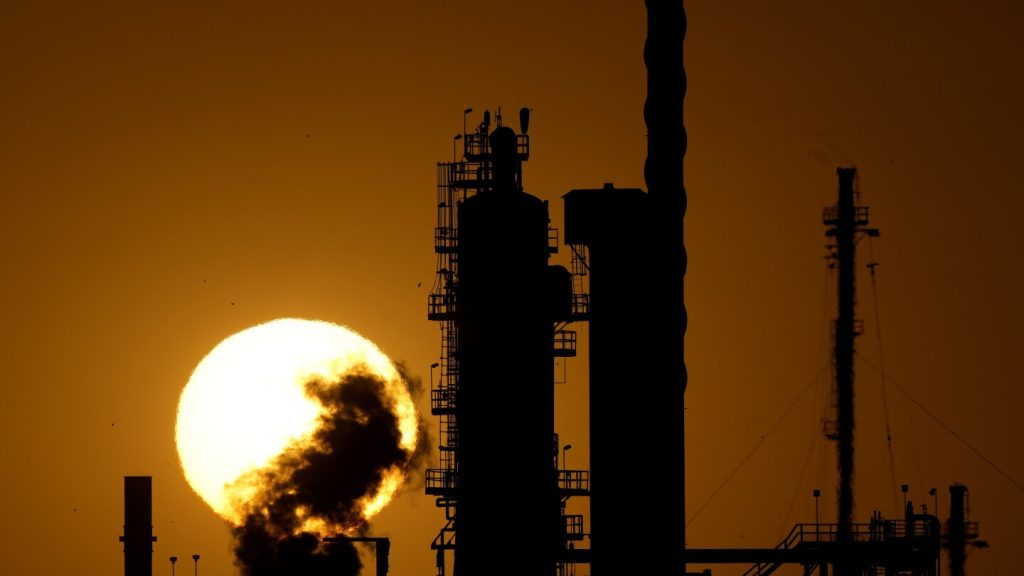A recent report indicates that methane emissions from oil and gas equipment, coal mines, and landfills globally are not fully documented. According to the CEO of GHGSat, a company that tracks methane using satellites, the problem of methane emissions is worsening. The company has detected an increase in super-emitting sites, with about 20,000 sites identified worldwide emitting high levels of methane. This is a significant increase from the previous year when only 15,000 super-emitting sites were detected. These findings come ahead of the upcoming global climate talks at COP29 in Baku, Azerbaijan.
Many countries waste methane, or natural gas, by flaring it instead of capturing it and using it for electricity or other purposes. Last year, 50 oil companies signed a pledge to almost eliminate methane emissions and end routine burning of the gas by 2030. Nearly half of the methane emissions detected come from the oil and gas industry, with waste management emissions and mining also contributing significantly. While GHGSat added three satellites during the year, the CEO believes that the increased detections are more likely due to the continued reliance on fossil fuels in developing countries.
A large portion of methane emissions is coming from North America and Eurasia, with landfills in Canada representing a significant source of emissions. Recent studies have shown that American oil and gas operations are releasing three times more methane than previously estimated, contributing to the worsening climate crisis. Methane levels in the atmosphere are rising, exacerbating the effects of climate change along with other greenhouse gases like carbon dioxide. GHGSat is just one of several organizations using satellites to measure and analyze methane emissions globally, working in collaboration and competition with others like Carbon Mapper, Kayrros, and MethaneSAT.
The issue of methane emissions is not just an environmental concern but also a global health crisis. Methane is a potent greenhouse gas that contributes to climate change and air pollution, leading to adverse health effects for humans and wildlife. The findings of GHGSat and other satellite monitoring efforts highlight the urgent need for countries to address methane emissions and transition to cleaner energy sources. As the world prepares for COP29, it is crucial for policymakers, industry leaders, and the public to work together to reduce methane emissions and mitigate the impacts of climate change. The collaboration between for-profit and non-profit organizations in tracking methane emissions demonstrates the importance of a multi-faceted approach to addressing this critical issue.















